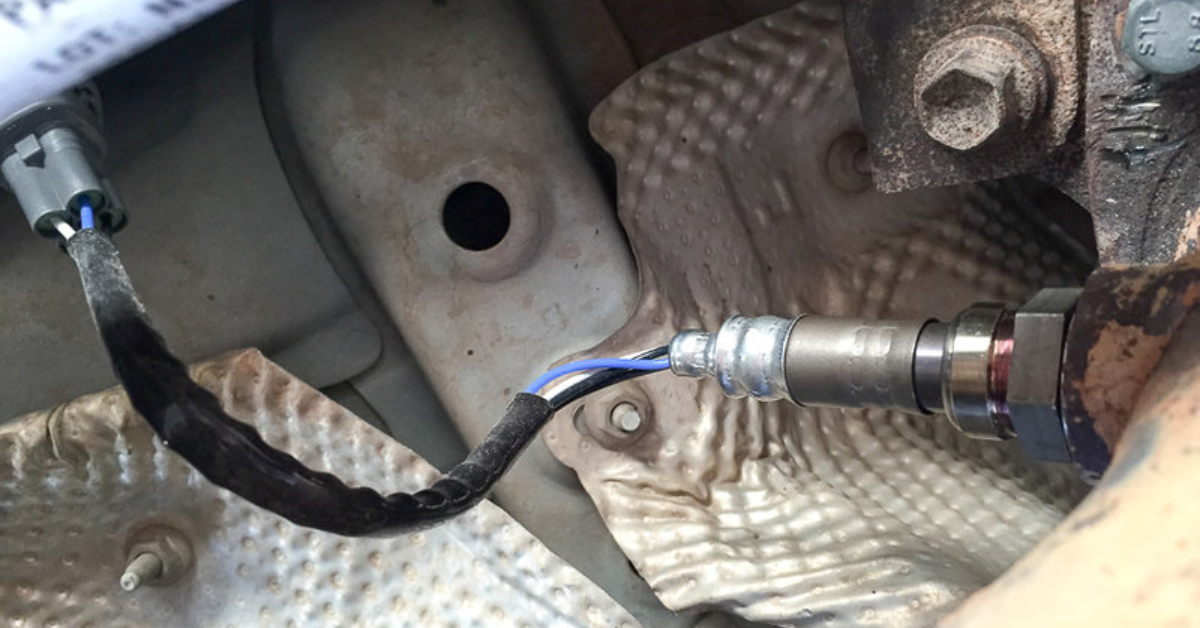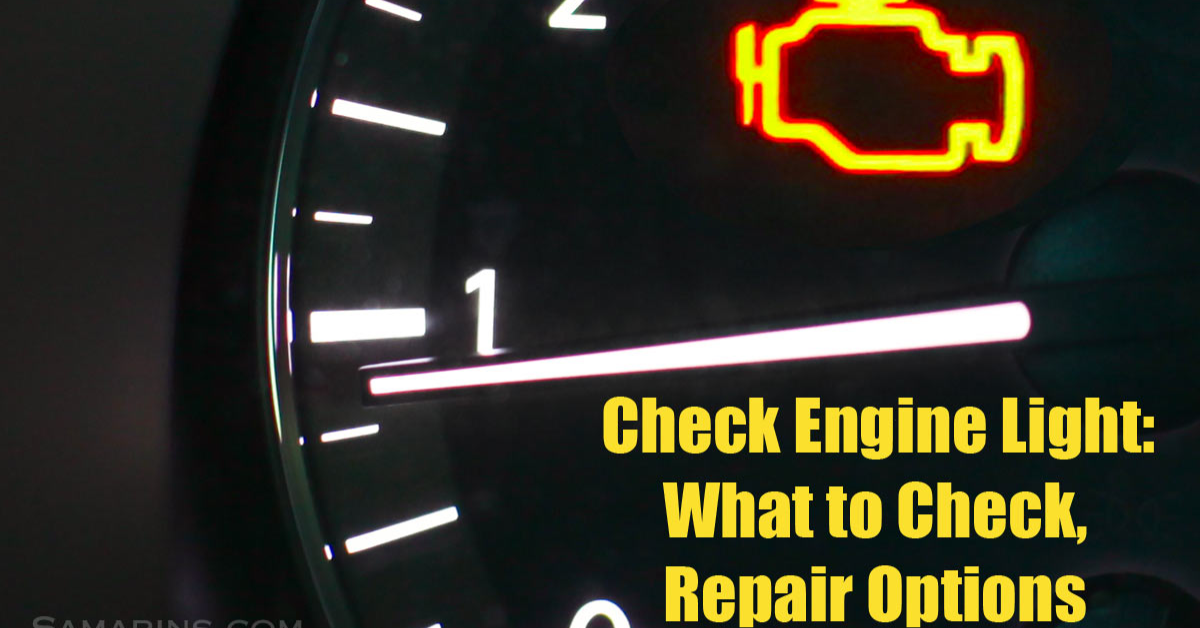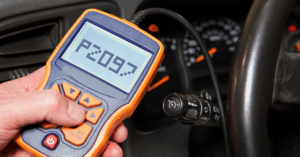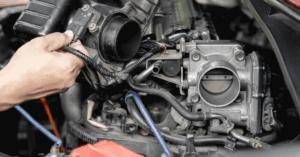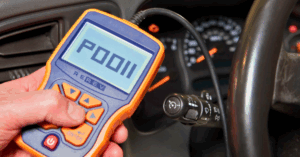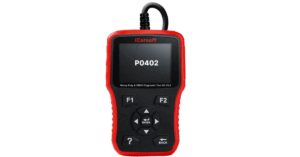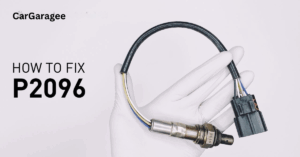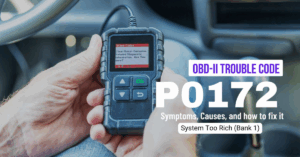When a vehicle begins to stall, idle roughly, or even lose power, and a faint smoke trails from the exhaust, it’s often a signal to check the engine light. That’s exactly when many drivers find the P0430 code flashing on their OBD-II scanner. This diagnostic DTC is triggered by the onboard diagnostics system, which detects that the catalytic converter on Bank 2 is not functioning efficiently.
The converter, an essential part of the emissions system, is responsible for reducing pollutants that exit the engine. It’s monitored by oxygen sensors placed before and after the converter. A decrease in efficiency might indicate the converter has dropped below the required threshold for proper operating levels. If the catalyst system isn’t working as it should, this error becomes a real trouble to handle, often leading back to the connector, where everything began.
What Does the P0430 Code Mean?
When your vehicle logs the P0430 code, it’s a diagnostic trouble code that points to the catalytic converter on bank two operating below the required efficiency threshold. This part is an essential component for reducing pollutants like carbon monoxide, nitrogen oxides, and fuel vapors coming from your engine. Through oxidation and reduction, it turns harmful gases into less toxic ones like carbon dioxide, helping meet federal and state emissions limits.
A failing converter may not be working properly, which could lead to pollution and poor performance in the long run. The downstream oxygen (O2) sensor located near engine bank 2, opposite the number one cylinder, constantly detects any change in levels and informs the computer, which then activates the check engine light and logs the DTC in the OBD-II system. Sometimes, the issue could be the sensor itself rather than the actual converter. In either case, a trained mechanic can confirm the real problem through proper diagnosis and testing.
What are the Common Symptoms of the P0430 Code?
1. Check Engine Light (Illuminated or Flashing)
One of the first signs of a P0430 code is an illuminated or flashing check engine light. This warning means the car’s computer found a problem with the catalytic converter or oxygen sensor. It doesn’t always mean major damage, yet, but it should not be ignored. A flashing light especially needs fast attention to avoid engine harm.
2. Failed Emissions Test
If your car doesn’t pass an emissions test, a P0430 code could be the reason. A weak catalytic converter can’t reduce harmful gases like it should. This results in too much pollution being released into the air. In many states, failing this test can stop you from renewing your registration.
3. Rotten Egg or Sulfur Smell
A rotten egg or sulfur smell from your exhaust usually points to a failing catalytic converter. This happens when unburned fuel builds up and reacts poorly inside the converter. The smell is caused by hydrogen sulfide not being properly processed. It’s a strong sign that something is wrong inside the exhaust system.
4. Rough Idle
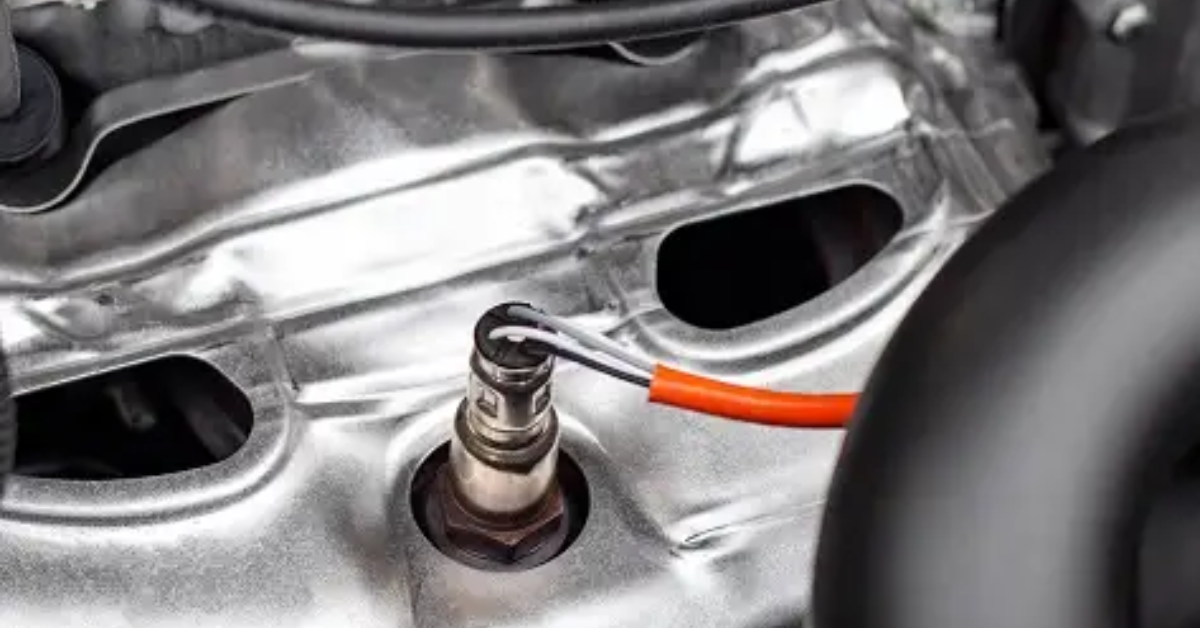
A rough idle is when your engine shakes or feels unstable when the car is not moving. This may happen more often in cold weather, especially if the converter is damaged or blocked. It’s caused by poor airflow or fuel mix problems from a failing converter. This makes your engine work harder even at rest.
5. Engine Performance Problems
You may feel your car has less power, takes longer to speed up, or stalls. These problems mean the converter might be clogged or internally blocked, stopping airflow. As a result, the engine struggles to run smoothly. If left alone, it can lead to bigger damage and expensive repairs.
What are the Possible Causes of the P0430 Code?
If you’re seeing a P0430 code on your scanner, you’re likely dealing with an issue in your vehicle’s emissions system. This guide explains the most common causes behind the code and what they might mean for your car’s performance. Understanding these trouble code triggers can help you avoid costly repairs and pass your next emissions test with ease.
1. Faulty Catalytic Converter
A damaged or worn-out catalytic converter is the most common cause behind the P0430 code. Over time, the converter loses its ability to clean exhaust gases like carbon monoxide and nitrogen oxides. This failure disrupts the emissions process and usually turns on the check engine light. Internal issues like melting or cracking reduce surface area, preventing proper chemical reactions. The converter may also get clogged, restricting airflow and affecting engine performance. Replacing it is often the only reliable long-term fix when degradation is confirmed.
2. Failing Oxygen (O2) Sensor
The O2 sensor, especially the downstream one, plays a key role in monitoring exhaust gases after combustion. When this sensor starts failing, it sends inaccurate data to the vehicle’s computer. The engine control unit (ECU) may wrongly adjust the fuel-air mix, leading to poor engine behavior and emissions. This sensor error can trigger the P0430 code even if the catalytic converter is working fine. The faulty sensor can also mimic symptoms of other issues, which confuses diagnostics. Swapping in a new sensor can bring the system back into balance.
3. Wiring or Connection Issues
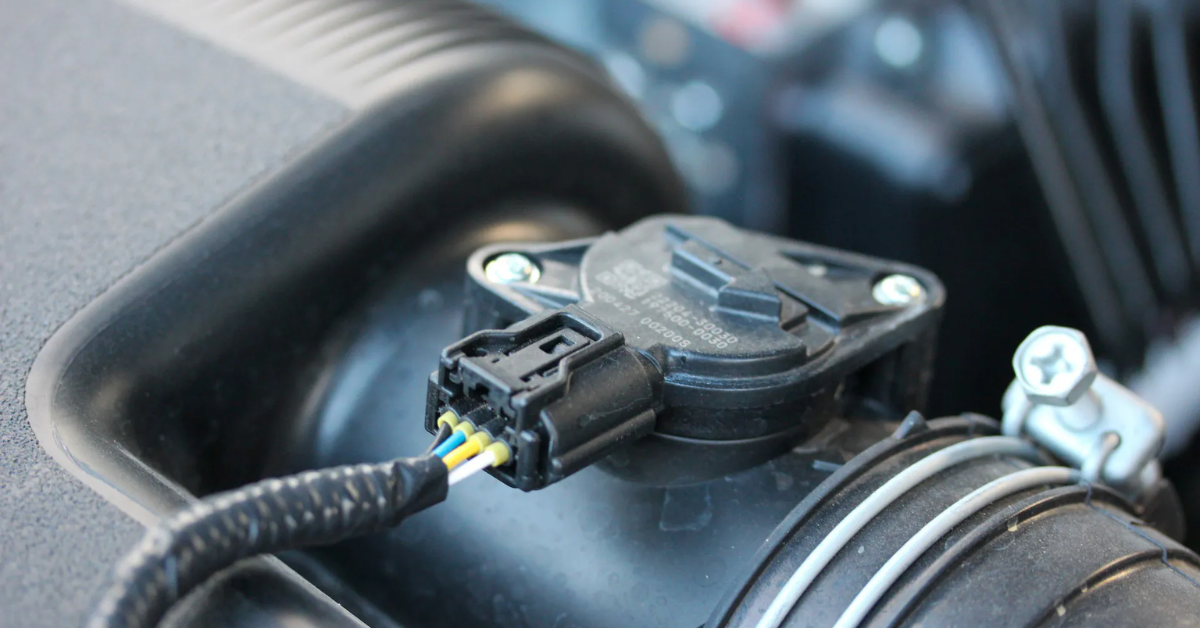
FIXD.
Even when components are working properly, faulty wiring or loose connectors can mislead the diagnostics system. Broken wires near the oxygen sensor disrupt signals traveling to the computer, leading to inaccurate readings. The ECU might interpret this as a failing converter and log a P0430 code. Moisture, corrosion, or rodent damage can also affect these connections over time. It’s common for misdiagnosed converter problems to be electrical. Inspecting and securing wiring can often resolve the issue without major part replacements.
4. Exhaust Leaks
Leaks in the exhaust manifold, header pipe, or joints can cause unmeasured air to enter the system. This extra air skews the oxygen sensor readings, making it seem like the converter isn’t doing its job. Even a tiny crack in the exhaust system can shift pressure levels and confuse upstream sensors. This can trigger a P0430 code despite the converter working normally. These leaks often produce hissing sounds or a drop in backpressure performance. Sealing the exhaust system ensures stable airflow and accurate sensor input.
5. Engine Performance Problems
Issues like misfires, low compression, or incorrect timing throw off combustion balance. When the engine doesn’t burn fuel completely, raw fuel may pass into the converter, causing it to overheat. A hot converter can glow cherry red and suffer internal damage over time. These conditions not only impact emissions but also lower fuel efficiency and throttle response. In some vehicles, these performance issues cause frequent P0430 alerts. Solving the underlying engine problem protects the converter and avoids unnecessary replacements.
6. Contaminants in the Converter
Over time, coolant or engine oil can leak into the exhaust system, usually through a failing head gasket or valve seal. When these fluids reach the converter, they burn and leave residue on the internal surfaces. This coating blocks the platinum, rhodium, or palladium elements from reacting with pollutants. As a result, the converter stops reducing emissions effectively, triggering a P0430 code. This damage is often slow and hard to spot early. Once contamination is confirmed, cleaning is ineffective, and full replacement is necessary.
7. Software or PCM Issues

The powertrain control module (PCM) is the brain behind the emissions control system. If it runs outdated software, it may misread good sensor signals and incorrectly store the P0430 code. A glitch in programming can result in false alerts even when parts are functioning correctly. This is more common after battery disconnections or aftermarket modifications. Updating or reprogramming the PCM helps restore normal signal interpretation and clears the error code. A dealership or professional scan tool is often needed for this fix.
Can You Drive with a P0430 Code?
Yes, you can still drive with a P0430 code, but it’s not recommended for long periods. The code means your vehicle’s catalytic converter isn’t working efficiently, which affects how cleanly your engine burns fuel. Continued driving could result in poor gas mileage, engine damage, or further sensor errors. Over time, a clogged converter may cause your engine to overheat or misfire. It also increases the chance of failing emissions inspections. If you must drive, keep trips short and get it checked as soon as possible.
Driving with a P0430 code might seem harmless at first, especially if there are no immediate symptoms. However, even without warning signs, your car may be releasing more harmful gases into the air. This not only affects the environment but could also lead to fines or failed emissions tests in strict states. Extended driving can slowly damage other engine components as the system works harder to compensate. Fixing the issue early helps protect both your engine and your wallet.
How to Fix the P0430 Code
1. Diagnose the Code Accurately
To fix the P0430 code, start with a proper diagnosis using a quality scan tool. Since the code may be stored for multiple reasons, an accurate reading is key. There’s no magic bullet when it comes to resolving this issue. You’ll need to go through what’s already been outlined to avoid guesswork. Each car may behave differently based on internal systems. That’s why the first step should always be complete code confirmation.
2. Check and Replace Faulty Parts
The code can be triggered by common parts like a bad catalytic converter or a faulty oxygen sensor. If these components are ignored, deeper problems can develop over time. Damage may extend to the wiring harness or connectors, both of which should be inspected. Often, even a small break in the circuit can confuse the system. Swapping the wrong part without checking others may not fix the issue. Accurate testing helps avoid unnecessary replacements.
3. Analyze Code Pairings
Sometimes the scan tool shows both P0420 and P0430 codes together. This pairing can happen even after replacing the catalytic converter. In that case, it’s likely the oxygen sensor is bad instead, not the converter. Each code must be reviewed in its context. Overlooking this detail can lead to repeated faults. Rechecking the readings ensures you’re not misdiagnosing the root cause.
4. Refer to Related DTCs

If the issue still isn’t resolved, see also the P0411 code for guidance. This one relates to Secondary Air Injection Incorrect Flow Detected, which may appear with P0430. Overlapping problems in the system can confuse diagnostics. Each DTC has a different effect on your car’s performance. Treating them separately but together helps clear all related errors. Fixing one without checking the other may lead to short-term results only.
5. Vehicle-Specific Troubleshooting
Remember, all vehicles are different, so their fixes aren’t one-size-fits-all. When troubleshooting and repairing your car, consider its exact make and model. Each engine may react uniquely to similar problems. That’s why you must use vehicle-specific application data. This will help you avoid missteps during diagnosis. Generic instructions often fail to address deeper manufacturer-related issues.
6. Use Factory Repair Information
Always consult the factory repair information for trusted technical guidance. These documents explain the exact steps that apply to your vehicle. It can prevent misinterpretation of readings or wrong repairs. Details like torque specs and electrical paths matter for accurate work. Incomplete info can waste your time and money. Using official repair data keeps your process clean and reliable.
7. Access Reliable Repair Resources
You can also use repair manuals such as Chilton for general steps. However, an ALLDATA subscription offers more detailed procedures. It’s designed for DIYers and gives model-specific instructions. These guides are built for single-vehicle use, so you get only what’s relevant. They include wiring diagrams, flowcharts, and system logic. These tools help ensure no part of the fix is overlooked.
Cost to Fix P0430 Code
| Cause | Estimated Cost (USD) | Notes |
| Catalytic Converter Replacement | $600 – $2,500 | Depends on the vehicle make and model |
| Oxygen Sensor Replacement | $100 – $300 | Includes parts and labor |
| Wiring or Connector Repair | $50 – $200 | May vary based on the extent of damage |
| Exhaust Leak Repair | $100 – $400 | Cost depends on the location and size of the leak |
| PCM Software Update | $80 – $150 | Usually done at a dealership or an auto shop |
Conclusion
The P0430 code may not cause your vehicle to break down immediately, but it’s a strong warning that something important isn’t working as it should. Whether it’s a failing catalytic converter, a bad oxygen sensor, or a hidden exhaust leak, ignoring the issue can lead to bigger problems and higher repair costs. It can also cause your vehicle to pollute more and fail emissions tests, which may affect registration renewal in certain states. Taking the time to diagnose and fix the issue early will protect your engine and your wallet. Always rely on proper tools, trusted repair information, and professional advice when needed.
Frequently Asked Questions (FAQS)
How do I fix code P0430?
Start by diagnosing the exact cause using a scan tool. The fix may involve replacing the catalytic converter, a faulty oxygen sensor, or repairing wiring or exhaust leaks.
Can P0430 be a bad O2 sensor?
Yes, a failing downstream O2 sensor can send incorrect readings and trigger the P0430 code. Always test the sensor before replacing the catalytic converter.
What does code P0430 bank 2 mean?
It means the catalytic converter on Bank 2 (the side opposite cylinder 1) isn’t reducing emissions properly. The system sees efficiency drop below the set threshold.
Is it safe to drive with a P0430 code?
You can drive for a short time, but it’s not recommended for long-term use. Ignoring the code may lead to engine damage and failed emissions tests.

Mian Hashir is a passionate automotive enthusiast and the lead author at Car Garagee, a website dedicated to providing in-depth car reviews, maintenance tips, and the latest news in the automotive world. With years of experience in the industry, Hashir combines his technical knowledge with a love for cars to deliver insightful and engaging content. Whether you’re a car owner or a curious reader, Mian Hashir’s articles help readers make informed decisions, from choosing the right vehicle to understanding how to keep it in top condition.

